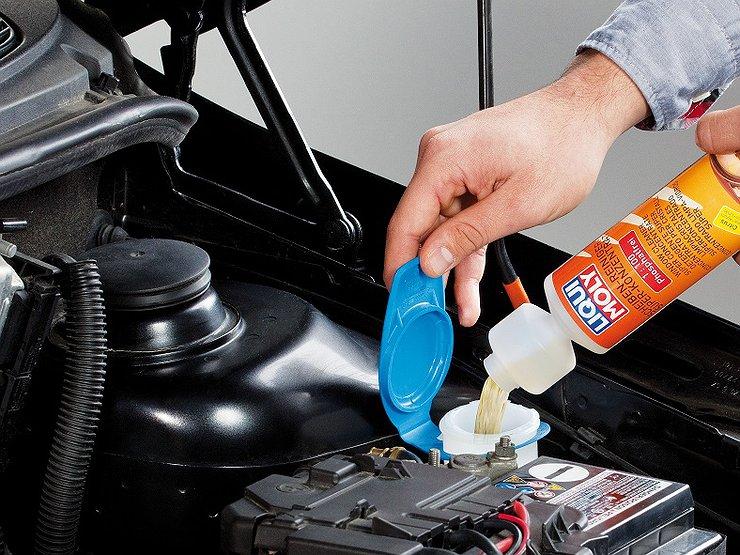
Cleaning and flushing the carburetor
Many car owners, throughout the entire life of their car, have never done such a procedure as cleaning or flushing the carburetor. Many do not consider this a necessity, and some do not even know that it must be done regularly.
The fact is that during the operation of the carburetor, a huge amount of fuel is supplied through it. Of course, all gasoline passes through the cleaning filters, but in any case, after a while, plaque forms on the surface, as well as inside the device, which must be removed.
Basic methods for cleaning or flushing car carburetors
- Manual cleaning - involves removing the device from the car and completely cleaning it with the help of improvised means. Someone wipes the internal cavities with a dry cloth or cloth napkins, while others simply wash everything with gasoline, without even cleaning everything inside. In fact, gasoline will do nothing if you do not manually remove this plaque. Therefore, this method is not very efficient.
- Automatic cleaning of the carburetor, if you can call it that. It implies the following way. A special liquid is poured into the car's fuel tank and after burning the entire volume of gasoline, the carburetor, in theory, should be cleaned. But this method also raises doubts, since in a reaction with gasoline, this liquid is unlikely to be able to properly clean all internal cavities and nozzles.
- Flushing with a special liquid for cleaning the carburetor. Of course, you will have to do everything manually, that is, partially disassemble the carburetor, but the effect of such cleaning is pretty decent. Typically, such products are sold in a bottle in the form of a spray with a special nozzle so that you can clean not only the internal and external cavities, but most importantly, thoroughly rinse all the jets.
It is the method described in the last paragraph that will be described in a little more detail below. For this we need a carburetor cleaner. In this case, a Dutch-made Ombra cylinder was used. The container itself is 500 ml in volume and has a very convenient nozzle, which is ideal for flushing the jets. This is how it all looks in practice:
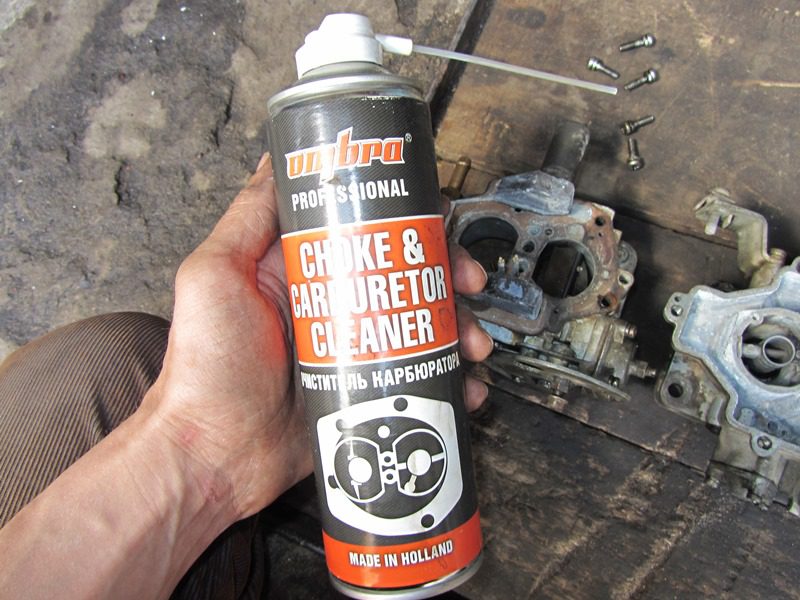
To carry out this procedure more or less thoroughly, it is necessary to at least partially disassemble the carburetor. The example below will show several photos of this process. In this case, the VAZ 2109 carburetor is flushed.
It is necessary to remove the upper part to get to the float chamber and to the jets:
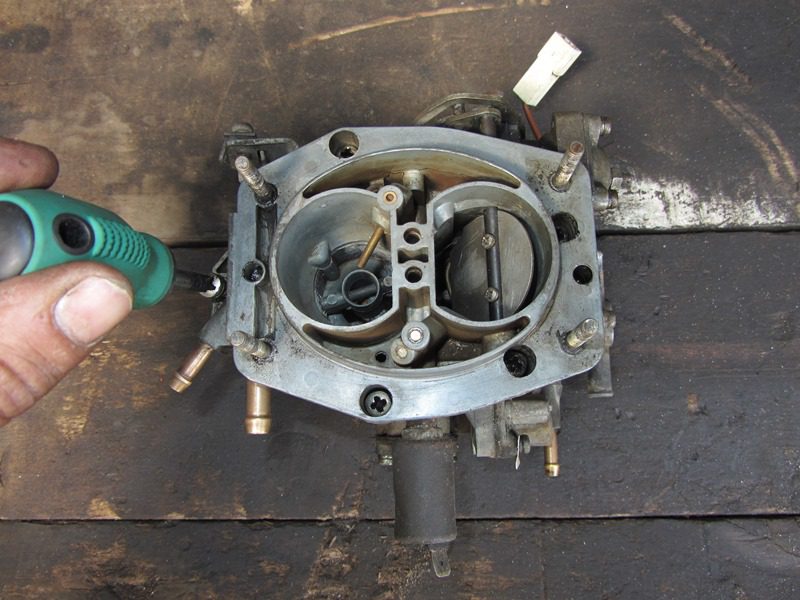
This is what happens when you separate the two parts:
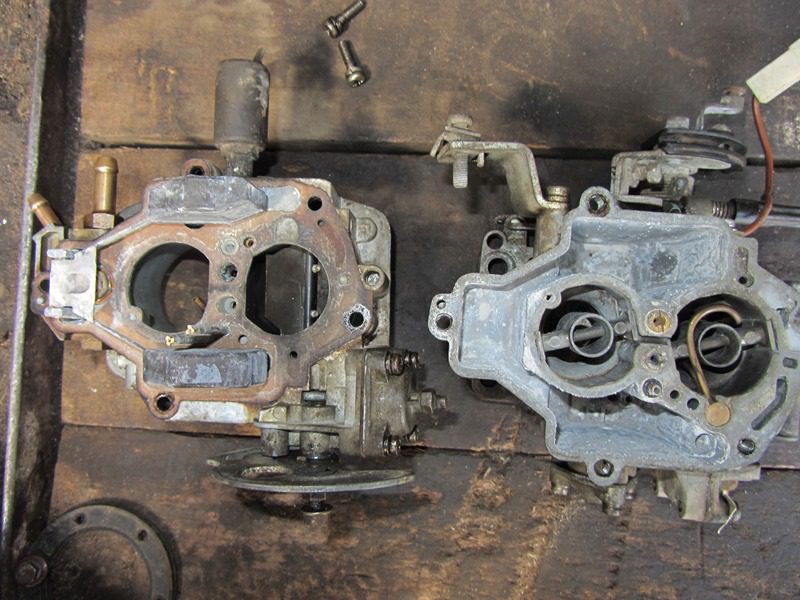
The internal cavities are cleaned from the impact of the jet from the balloon, and the jets are cleaned from the wrinkles of the thin tube that is included with the product. With careful processing with this composition, everything inside becomes almost intact, outwardly it is also worth rinsing it so that there are no traces of oil, dirt and other impurities:
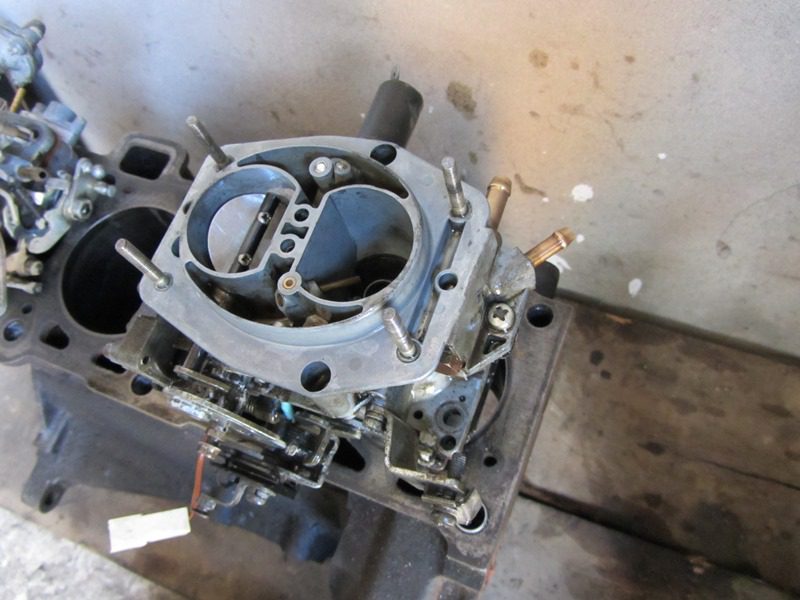
It is advisable to perform a similar procedure at least once a year, since during this time a lot of all sorts of nasty things accumulate inside, which interferes with the normal operation of the engine later.
